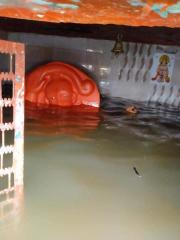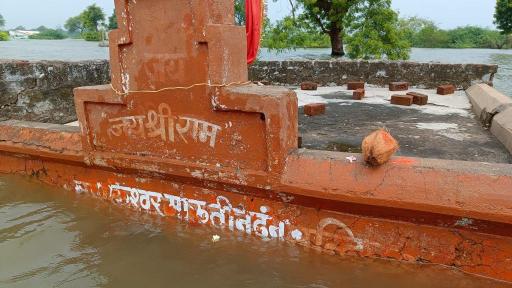Temples, Mosques, Derasars and Sacred Sites Lost to the Sardar Sarovar Dam
A popular Hindu phrase in praise of the glory of Narmada is
“त्वदीय पाद पंकजम नमामि देवी नर्मदे”
“O Devi Narmada, I bow to your lotus feet; please grant me refuge.”
The Narmada River is worshipped as a goddess by millions of Hindus. While bathing in the Ganga is believed to absolve sins, it is said that mere glimpse of the Narmada can cleanse one of all sins. “Namami Devi Narmade”—I bow to Goddess Narmada—and Narmade Har – in glory of Narmada are common chants in reverence of the river. There are countless hymns, prayers, and scriptures, including the Narmada Ashtakam, attributed to Adi Shankaracharya, and the Narmada Purana, a Sanskrit text dedicated to the worship and glory of the Narmada.
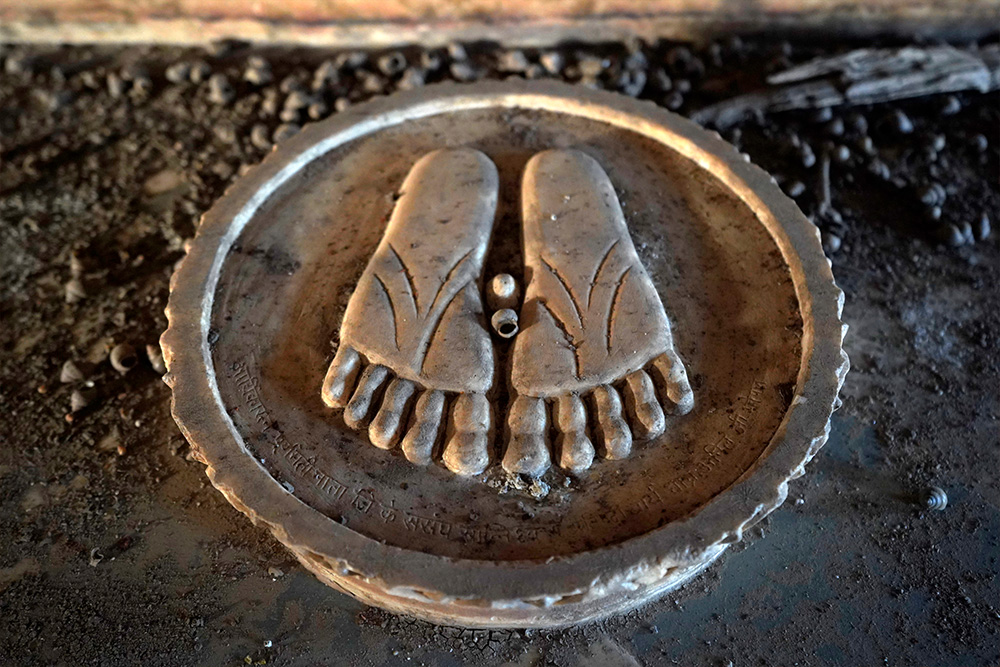
Photo credit – Rohit Jain, Oral History Narmada
Photo Credit – Rohit Jain for Oral History Narmada
Spiritual Beliefs and the Sacred Flow of the River
According to the Narmada Purana, the river Narmada has emerged from the body of Lord Shiva. And that reciting any of her fifteen names – Para, Dakshin Ganga, Sursa/Sarsa, Mandakini, Vimala, Karbha, Trikuti, Shon, Mahati, Krupa, Maharnav, Reva, Vipapa, Vipasha/Bipasha, Vayudahini —is considered deeply auspicious. In fact, even hearing these names is believed to bestow blessings. A common belief is that the Narmada is a virgin river whose flow cannot be obstructed. This sentiment finds echo in the Narmada Ashtakam, which describes the river’s flowing waters as reverberating with musical sound.
In the Nimad region of Madhya Pradesh, villages often have Bhajan Mandalis (devotional singing groups). One of their popular songs goes:
“Ma Reva Tharo Pani Nirmal, Khal Khal Behto Jay Re…”
(“O Mother Reva, your waters are pure and flow with a rippling melody…”)
This song celebrates the musical, ever-flowing essence of the river – a belief derived from Narmada Ashtakam and Narmada Purana.
The Narmada Purana, available in Hindi through the Internet Archive, not only narrates the river’s mythological origin but also documents her sacred sites, forests, vegetation, and ecology.
The text describes how Lord Shiva granted her a boon, responding to her wish:
“O Lord! You must reside on my banks.”
And Shiva replied:
“So be it. I shall reside on your north bank along with Brahma, Indra, Chandra, Varun, and other deities.”
Because of this belief of the divine presence of Lord Shiva, every stone on Narmada’s banks is considered a Shivling. Therefore both the banks are dotted with Shiva temples – many swayambhu, or self-manifested—as well as shrines dedicated to other deities.
Destruction of Sacred Sites by the Sardar Sarovar Project
The Narmada: An Indestructible River
The Narmada Purana proclaims:
“Among rivers, Ganga and Saraswati are greatest. The rivers Kaveri, Devika, Sindhu, Salkuti, Sarayu, Shatrudra, Mahi, Chambal, Godavari, Yamuna, Tapti, Sutlej are holy. Then there are rivers that absolve sins. But the river that cannot be destroyed—even during calamity – is Namruta, the Narmada. All other rivers have withered, but not her.”
This belief – that the Narmada is eternal and her flow must not be obstructed – is a central theme among the people living in her valley. Their opposition to the dam is not just about losing land, forests or livelihoods; but it is also spiritual. They insist that Narmada, the immortal river, must flow freely and not be dammed into silence.
The Purana beautifully narrates how the Narmada was dedicated to the ocean by Shiva and joyfully meets it after enriching everything in her path. Among Adivasi communities, this union with the ocean is described through their oral narratives. One such account comes from Bava Mahariya, an Adivasi leader from Jalsindhi, a village drowned by the SSP:
“Narmada set out with her six other sisters, seven in all, to meet Dudu Dariya. The others flowed through the plains, but Sati Narmada came through the hills because she did not want to cause much loss to people by flowing through the plains. She made her way through the hills and forests and gradually arrived at Jalsindhi where she stopped for the night… Dudu Dariya asked why all of his other queens [the six other rivers-sisters of Narmada] had reached him but Narmada had not. He sent Giramtu Juru in search of her… How come the others reached earlier, Narmada was asked. She said, I am the eldest queen and I have been toiling through the hills and forests so that I don’t hurt the people… That is why our elders said that from the day of her birth, Narmada has harmed no one.“
Narmada Parikrama: A Spiritual Tradition
In a spiritual practice unique in the world, thousands of Hindus undertake the Narmada Parikrama, a circumambulation of the river. They walk from the river’s source at Amarkantak in Madhya Pradesh to its mouth in the Gulf of Khambhat in Gujarat—and back. The full journey spans about 2,500 kilometers. Earlier, this pilgrimage used to be about 2,500 kilometers long, but it has now increased to nearly 3,400 kilometers. The reason for this is the reservoirs created by the Sardar Sarovar, Omkareshwar, Indira Sagar, and Bargi dams. In earlier times, when there were no dams, footpaths existed along both banks of the river, and pilgrims would walk right along the river, receiving the blessings of its sacred presence.
Parikramavasis (pilgrims) carry minimum worldly possessions, and villagers along the route consider it a sacred duty to support them. This ancient tradition, however, has been disrupted by a series of dams on the river. With riverbanks submerged or inaccessible, pilgrims now often walk along busy roads, far from the sacred flow they revere.
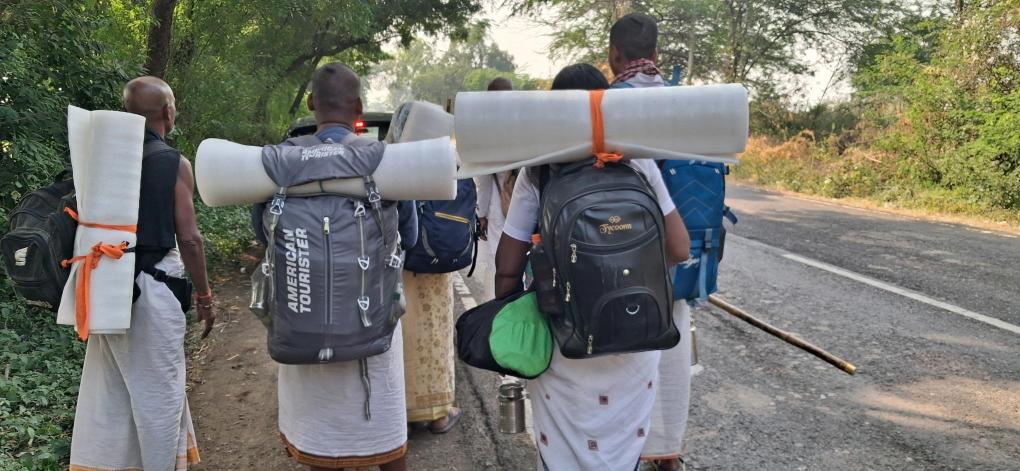
The Great Contradiction
It is a stark irony that a society so deeply spiritual about rivers actively participates in their destruction through dam-building. Urban populations – far removed from the river – may still revere Narmada as sacred and yet, support the damming of her waters for some economic gain.
In Gujarat, political narratives have rebranded the river Narmada. Where scriptures describe her as Jeevan Dyani —life-giver — politicians now call the SSP the Jeeva Dori—lifeline of Gujarat. However the protestors in the valley believe and call the dam a death noose for the river. And in spite of the deep religious and spiritual beliefs associated with the Narmada, any opposition to the SSP is branded as “anti-Gujarat” or “anti-development”. Sadly, sustainable alternatives to the mega dam were never fully explored and the dam was built violating all laws concerning rehabilitation and environment protection.
Despite religious sentiments that the Narmada cannot be bound, she has been reduced to a stagnant, polluted reservoir. Below the dam, the river often runs dry for much of the year. The once free flowing Narmada—described in the Ashtakam as flowing with ‘loud reverberating sound’—is now silenced.
The Continuing Struggle
The people of the Narmada Valley have long fought – and continue to fight – not just for their land and homes but for the spirit of the river itself. They fight for the right of the Narmada to live, flow, and sing once again.
The following photographs are remnants of resurfaced religious sites as the Sardar Sarovar Dam waters recede every summer. It is only for a couple of months in summer that these religious sites resurface and many of these are cleaned of silt, repainted for people to offer prayers and pooja before they submerge once again in the Dam waters. These photos document just a few of the religious sites destroyed by the Sardar Sarovar Dam. Hundreds more have disappeared under the waters of Sardar Sarovar Dam as well as in other dams like the Bargi Dam, Narmada Sagar Dam, etc. — along with centuries of faith, memory, and spiritual heritage.
Photo Credit – Ashish Kothari, Jorg Bothling, Nandini Oza, Pragna Patel, Rehmat, Rohit Jain, Shripad Dharmadhikary
Featured Photo Gallery
Submerged site Chikhalda, Madhya Pradesh ▾
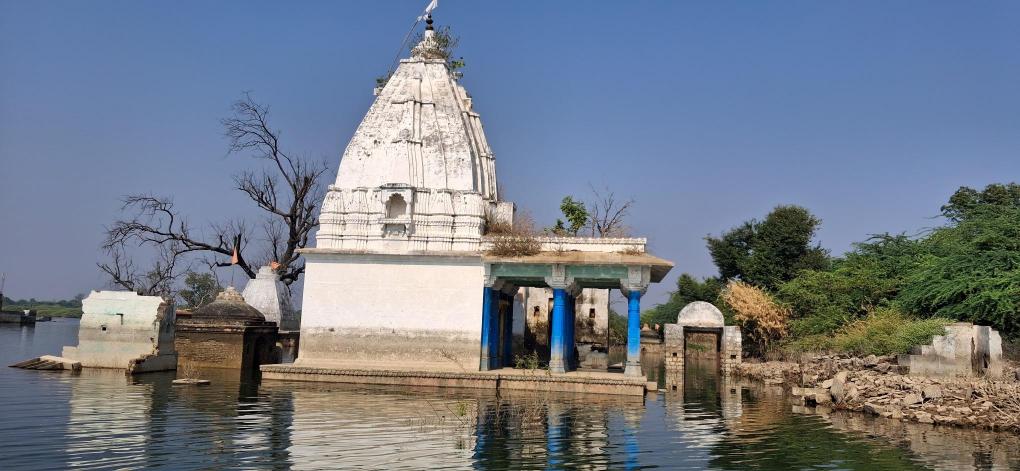
Temple complex at village Chikhalda in Madhya Pradesh submerges in Sardar Sarovar dam waters, surfaces when the dam waters recede in summer every year and submerges again, Photo credit_ Nandini Oza मध्यप्रदेश के चिखल्दा गाँव का मंदिर परिसर सरदार सरोवर बाँध के पानी में डूब जाता है, गर्मियों में बाँध का पानी घटने पर पुनः सतह पर आता है और फिर डूब जाता है। फोटो क्रेडिट_ नंदिनी ओज़ा।
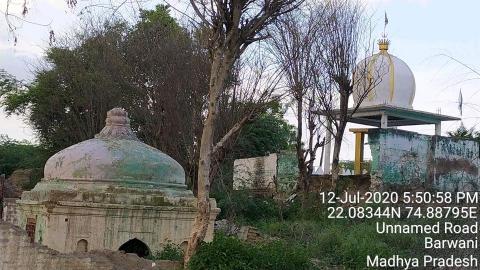
Damaged Laxmi Narayan Mandir (Front) and Chand Shah Vali Dargah (Back) at village Chikhalda in Madhya Pradesh as it resurfaces when the Sardar Sarovar dam water level recedes in summer and submerges again every year- Photo - Rehmat मध्यप्रदेश के चिखल्दा गाँव में स्थित क्षतिग्रस्त लक्ष्मी नारायण मंदिर (सामने) और चाँद शाह वाली दरगाह (पीछे), जो गर्मियों में सरदार सरोवर बाँध के जलस्तर घटने पर पुनः सतह पर आती हैं और हर साल फिर डूब जाती हैं। फोटो_ रेहमत।
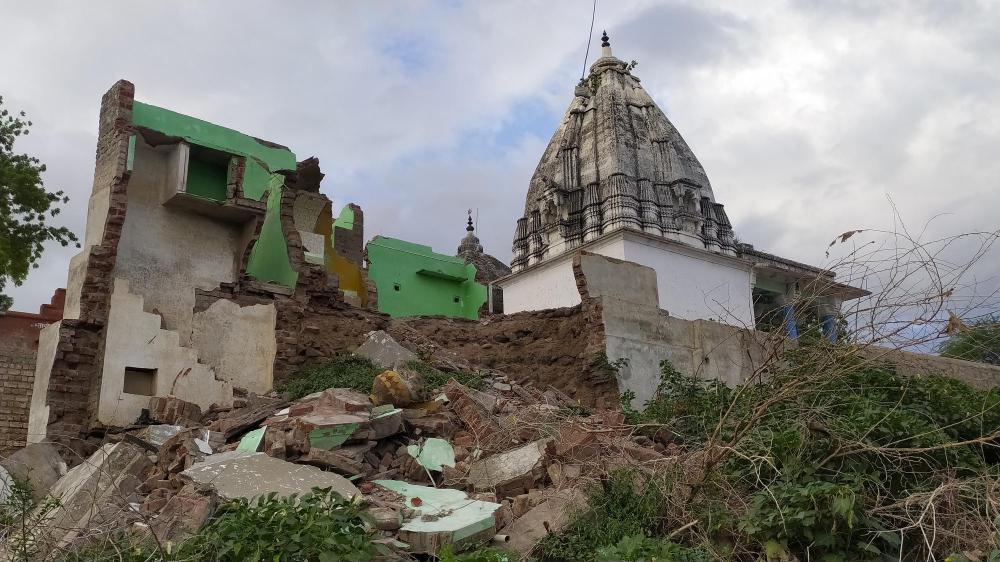
Historically significant Har Hareshwar Temple (front) and Neel Kantheshwar Temple (back) at village Chikhalda in Madhya Pradesh, damaged due to submergence in the Sardar Sarovar Dam waters. The structures resurface when the reservoir level recedes in summer, only to submerge again every year. Photo – Rehmat. मध्यप्रदेश के गाँव चिखलदा में स्थित ऐतिहासिक हर हरेश्वर मंदिर (सामने) और नीलकंठेश्वर मंदिर (पीछे) सरदार सरोवर बाँध के पानी में डूब जाने से क्षतिग्रस्त हो गए हैं। गर्मियों में जब बाँध का जलस्तर घटता है तो ये मंदिर पुनः दिखाई देते हैं और हर साल फिर से डूब जाते हैं। फोटो : रेहमत

Historically significant temples at village Chikhalda in Madhya Pradesh damaged due to submergence in the Sardar Sarovar dam waters, as these resurfaces when the reservoir level recedes in summer and submerge again every year- Photo - Rehmat इतिहासिक दृष्टि से महत्वपूर्ण मंदिर, मध्य प्रदेश के चिखलड़ा गांव में स्थित, जो सरदार सरोवर डैम के जलस्तर में डूबने के कारण क्षतिग्रस्त हुए हैं । यह मंदिर गर्मियों में जलस्तर घटने पर फिर से दिखाई देते है और हर साल दोबारा जलमग्न हो जाते है। – फोटो: रेहमत
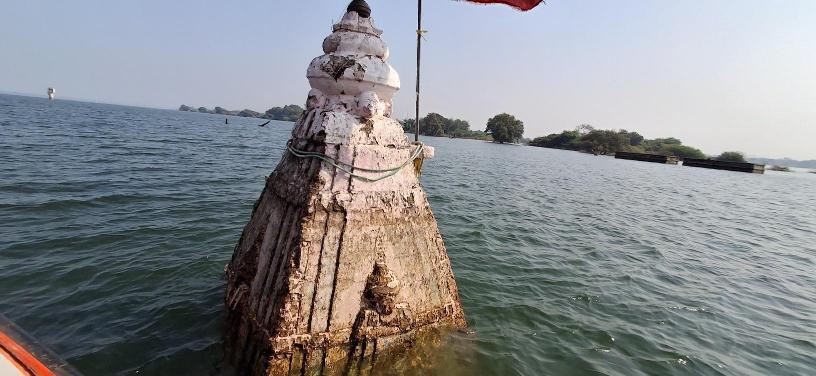
Historically significant Guru Dattatreya temple complex submerged in Sardar Sarovar Dam waters in village Rajghat , Madhya Pradesh, Photo credit_ Nandini Oza ऐतिहासिक महत्व वाला गुरु दत्तात्रेय मंदिर परिसर, गाँव राजघाट (मध्यप्रदेश) में, जो सरदार सरोवर बाँध के पानी में डूब गया है। फ़ोटो क्रेडिट – नंदिनी ओझा
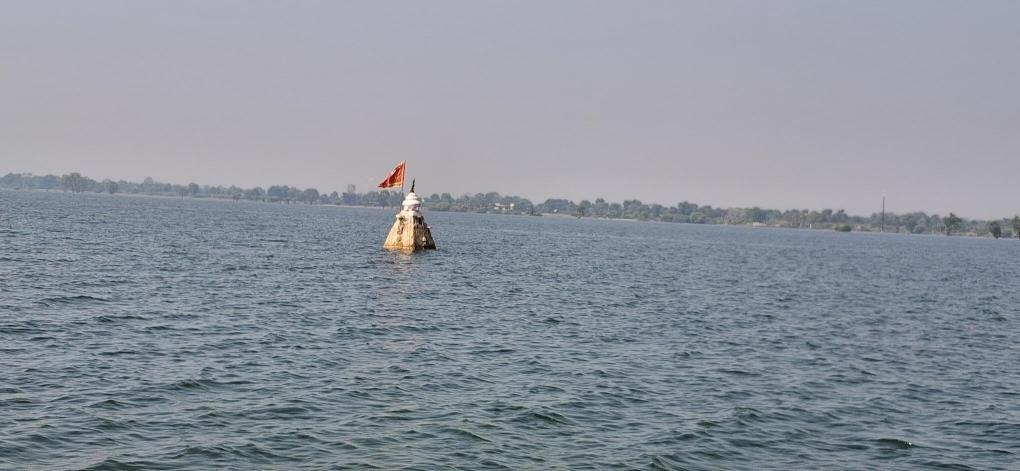
Historically and religiously significant Gurudattatrey temple submerged in village Rajghat, in Madhya Pradesh, Photo credit_ Nandini Oza ऐतिहासिक और धार्मिक दृष्टि से महत्वपूर्ण गुरुदत्तात्रेय मंदिर, गाँव राजघाट (मध्यप्रदेश) में, जो सरदार सरोवर बाँध के पानी में डूब गया है। फ़ोटो क्रेडिट – नंदिनी ओझा
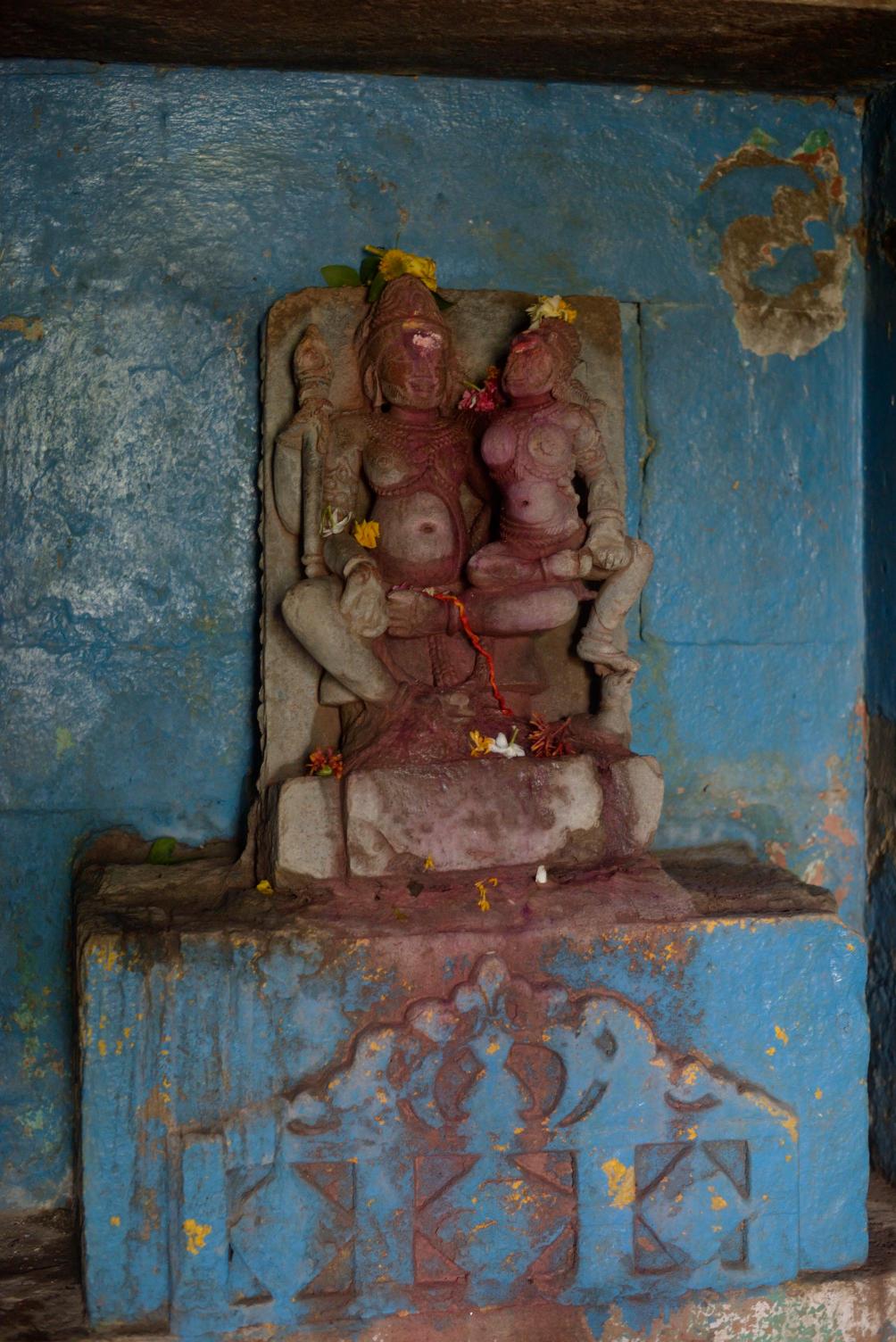
Idol in historically significant Neel Kantheshwar temple complex in village Chikhalda, Madhya Pradesh, resurfaces as the waters of Sardar Sarovar Dam recede, Photo by Rohit Jain for Oral History Narmada ऐतिहासिक महत्व वाले नीलकंठेश्वर मंदिर परिसर (गाँव चिखल्दा, मध्यप्रदेश) में स्थित प्रतिमा, जो सरदार सरोवर बाँध का पानी घटने पर फिर से दिखाई देती है। फ़ोटो – रोहित जैन, ओरल हिस्ट्री नर्मदा के लिए
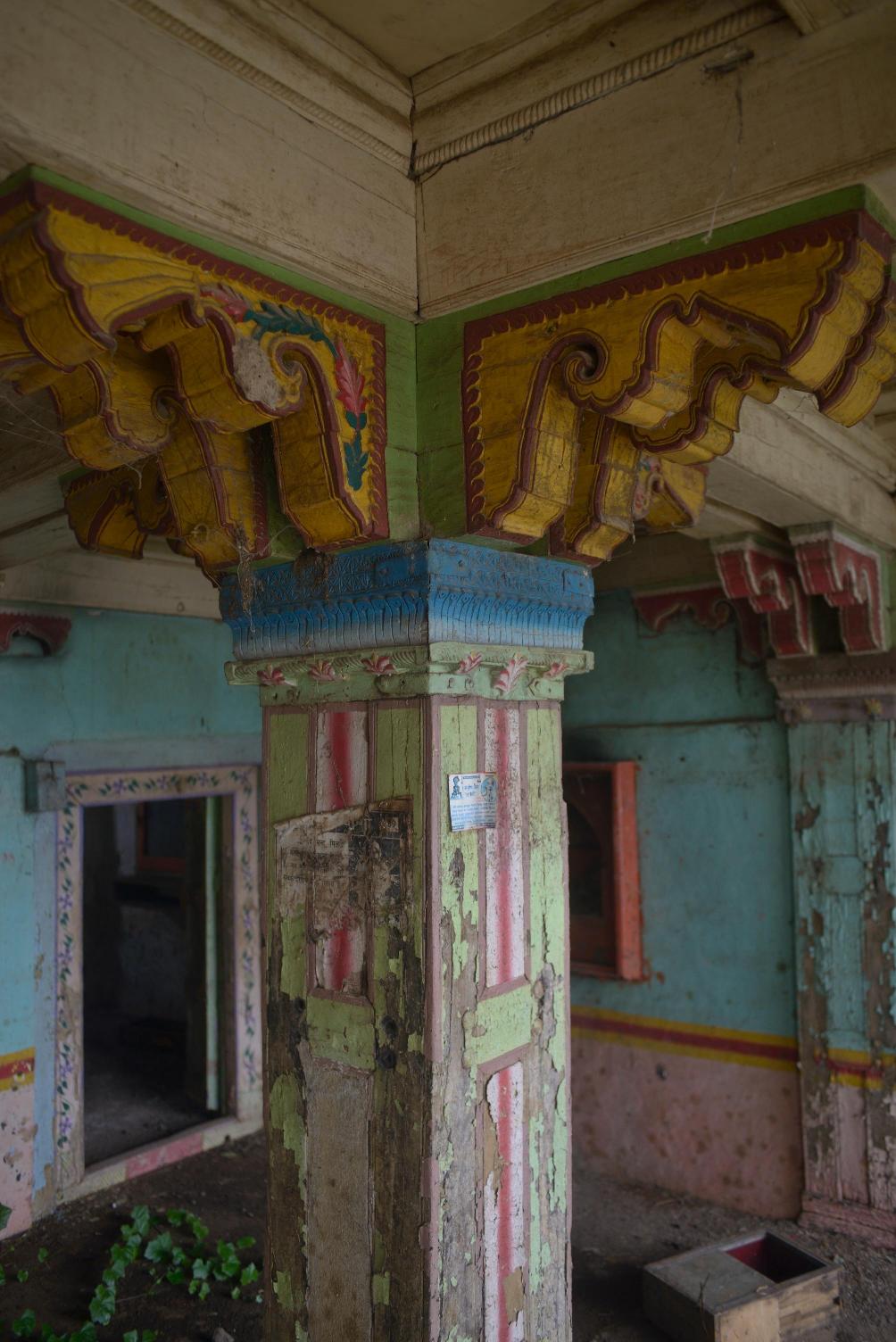
Historically significant Jain Derasar (temple), in village Chikhalda, Madhya Pradesh, the temple surfaces after the Sardar Sarovar Dam waters recede in summer and submerges again every year, Photo credit_ Rohit Jain for Oral History Narmada मध्य प्रदेश के चिखलदा गांव में स्थित, ऐतिहासिक रूप से महत्वपूर्ण जैन देरासर (मंदिर)। यह मंदिर गर्मियों में सरदार सरोवर डैम के जलस्तर घटने पर फिर से दिखाई देता है और हर साल दोबारा जलमग्न हो जाता है। – फोटो क्रेडिट: रोहित जैन, ओरल हिस्ट्री नर्मदा
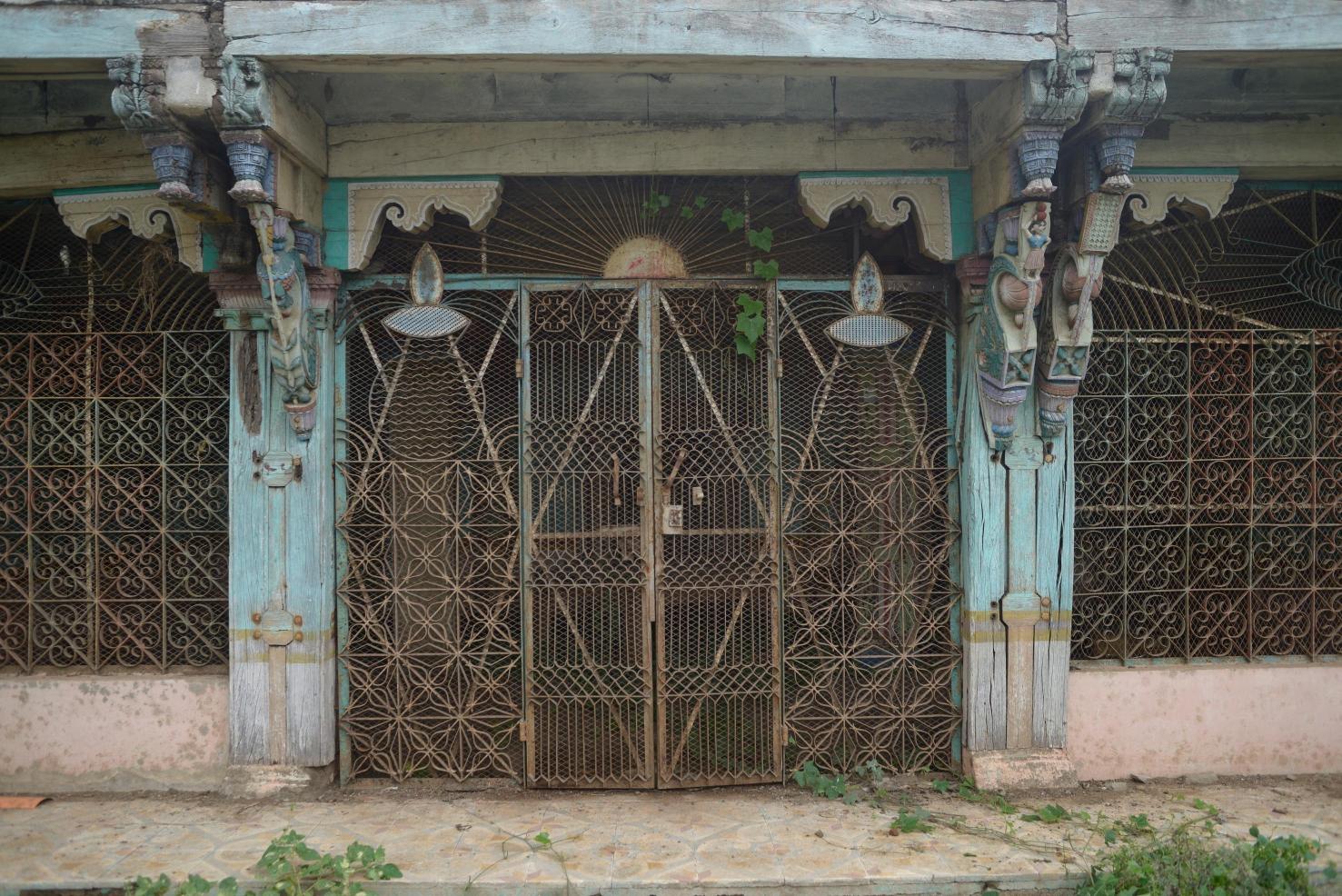
Historically significant Jain Derasar(temple), in village Chikhalda, Madhya Pradesh, the Derasar surfaces after the Sardar Sarovar Dam waters recede in summer and submerges again every year as dam water level goes up, Photo credit_ Rohit Jain for Oral History Narmada मध्य प्रदेश के चिखलदा गांव में स्थित, ऐतिहासिक रूप से महत्वपूर्ण जैन देरासर (मंदिर)। यह देरासर गर्मियों में सरदार सरोवर डैम के जलस्तर घटने पर फिर से दिखाई देता है और डैम का जलस्तर बढ़ने पर हर साल दोबारा जलमग्न हो जाता है। – फोटो क्रेडिट: रोहित जैन, ओरल हिस्ट्री नर्मदा

Chand Shah Vali Dargah/Mazar (mausoleum), in village Chikhalda, Madhya Pradesh, damaged due to submergence in the Sardar Sarovar Dam and resurfaces as the reservoir waters recede in summer, to drown again as the dam water level goes up every year, Photo credit_ Rohit Jain for Oral History Narmada मध्य प्रदेश के चिखलदा गांव में स्थित, ऐतिहासिक रूप से महत्वपूर्ण चाँद शाह वली दरगाह। यह दरगाह सरदार सरोवर डैम में जलमग्न होने के कारण क्षतिग्रस्त हो गई हैं और गर्मियों में बांध का जलस्तर घटने पर फिर से दिखाई देती है और डैम का जलस्तर बढ़ने पर हर साल फिर से जलमग्न हो जाती है। – फोटो क्रेडिट: रोहित जैन, ओरल हिस्ट्री नर्मदा
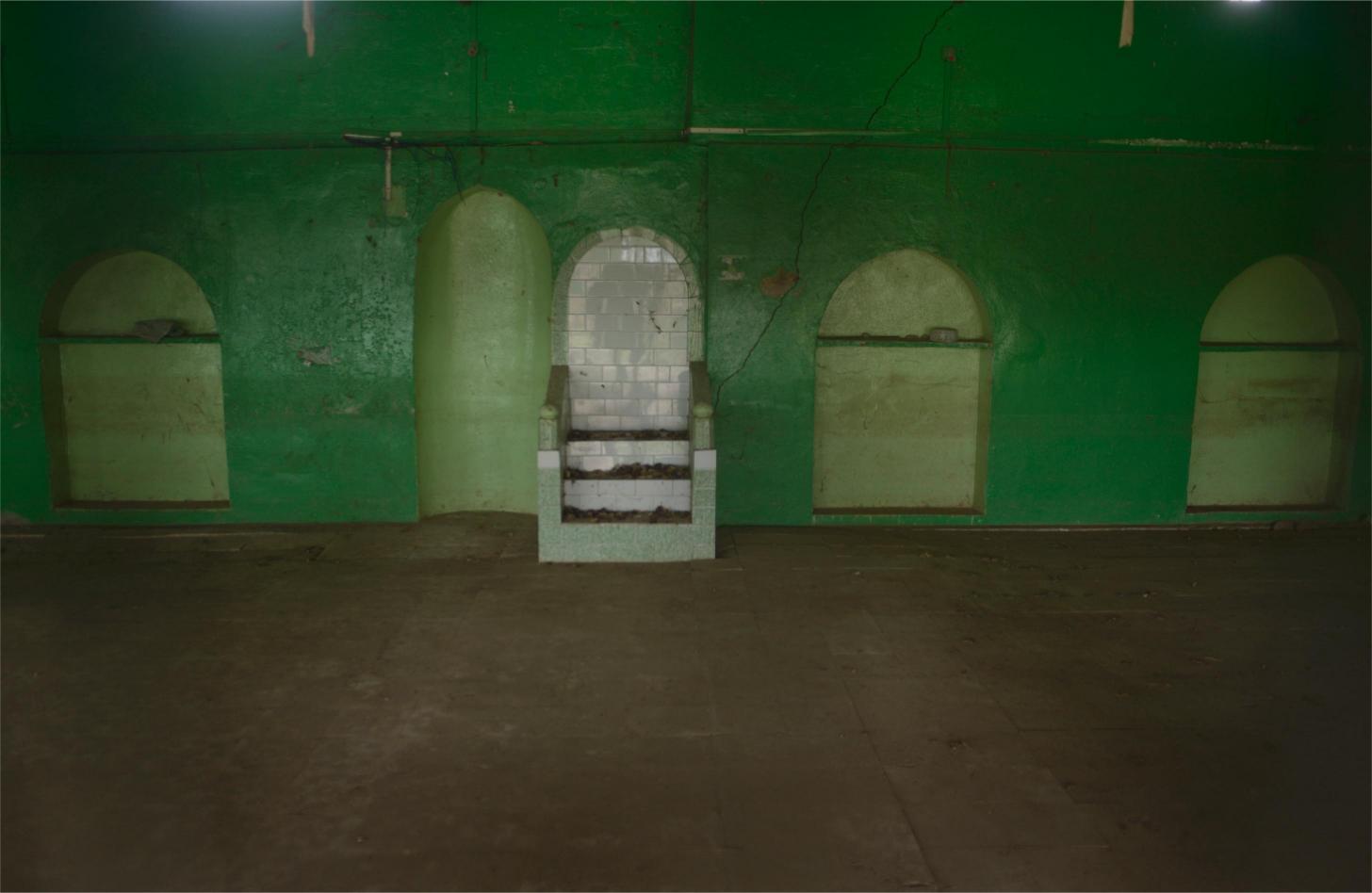
Mosque in village Chikhalda in Madya Pradesh resurfaces from Sardar Sarovar Dam waters every summer as the dam waters recede and drowns again every year with the increase in the dam waters, Photo credit_ Rohit Jain for Oral History Narmada मध्य प्रदेश के चिखलदा गांव में स्थित, मस्जिद। यह मस्जिद हर गर्मियों में सरदार सरोवर डैम के जलस्तर घटने पर फिर से दिखाई देती है और डैम का जलस्तर बढ़ने पर हर साल दोबारा जलमग्न हो जाती है। – फोटो क्रेडिट: रोहित जैन, ओरल हिस्ट्री नर्मदा
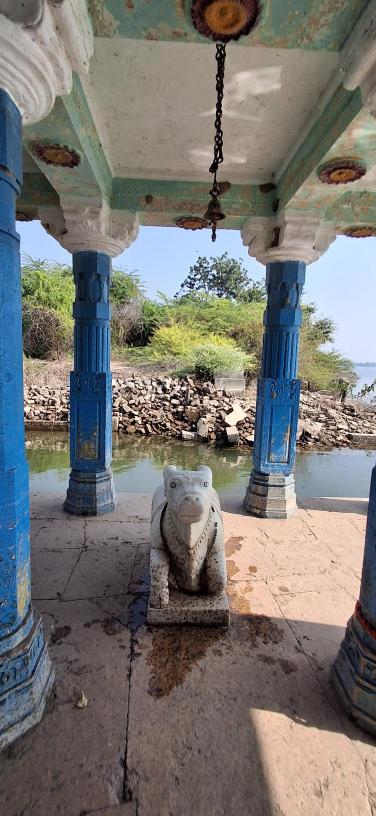
Nandi in the historically significant Har Hareshwar Mahadev temple in the temple complex in village Chikhalda that submerges in the Sardar Sarovar Dam waters every year and resurfaces in summer when the dam waters recede, Photo credit_ Nandini Oza ऐतिहासिक महत्व वाले हर हरेश्वर महादेव मंदिर परिसर (गाँव चिखल्दा, मध्यप्रदेश) में स्थित नंदी, जो सरदार सरोवर बाँध के पानी में हर साल डूब जाता है और गर्मियों में पानी घटने पर फिर से दिखाई देता है। फ़ोटो क्रेडिट – नंदिनी ओझा
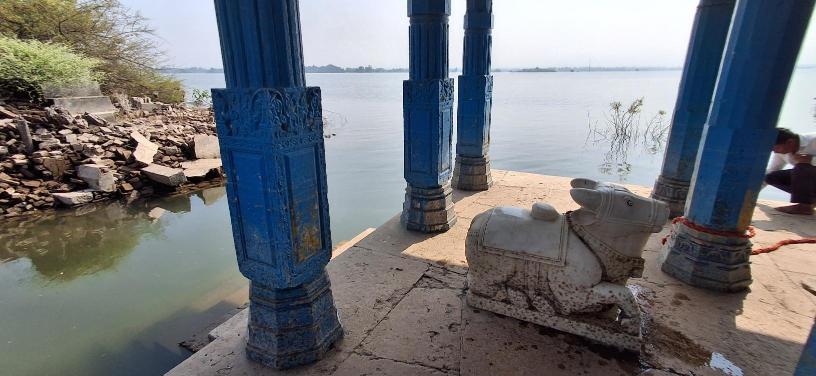
Nandi in the historically significant Har Hareshwar Mahadev temple in the temple complex in village Chikhalda that submerges in the Sardar Sarovar Dam waters every year and resurfaces in summer when the dam waters recede, Photo credit_ Nandini Oza ऐतिहासिक महत्व वाले हर हरेश्वर महादेव मंदिर परिसर (गाँव चिखल्दा, मध्यप्रदेश) में स्थित नंदी, जो सरदार सरोवर बाँध के पानी में हर साल डूब जाता है और गर्मियों में पानी घटने पर फिर से दिखाई देता है। फ़ोटो क्रेडिट – नंदिनी ओझा
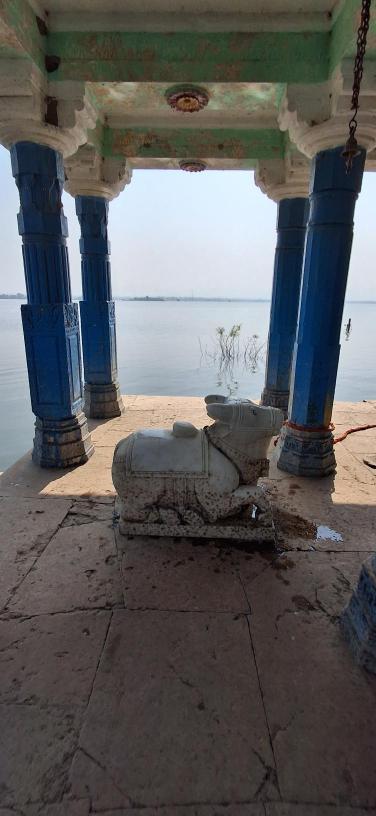
Nandi in the Neel Kantheshwar Mahadev temple in the temple complex in village Chikhalda that submerges fully in the Sardar Sarovar Dam waters and resurfaces in summer when the dam waters recede, Photo credit_ Nandini Oza नंदी, जो नीलकंठेश्वर महादेव मंदिर परिसर (गाँव चिखल्दा, मध्यप्रदेश) में स्थित है, और सरदार सरोवर बाँध के पानी में पूरी तरह डूब जाता है तथा गर्मियों में पानी घटने पर फिर से दिखाई देता है। फ़ोटो क्रेडिट – नंदिनी ओझा
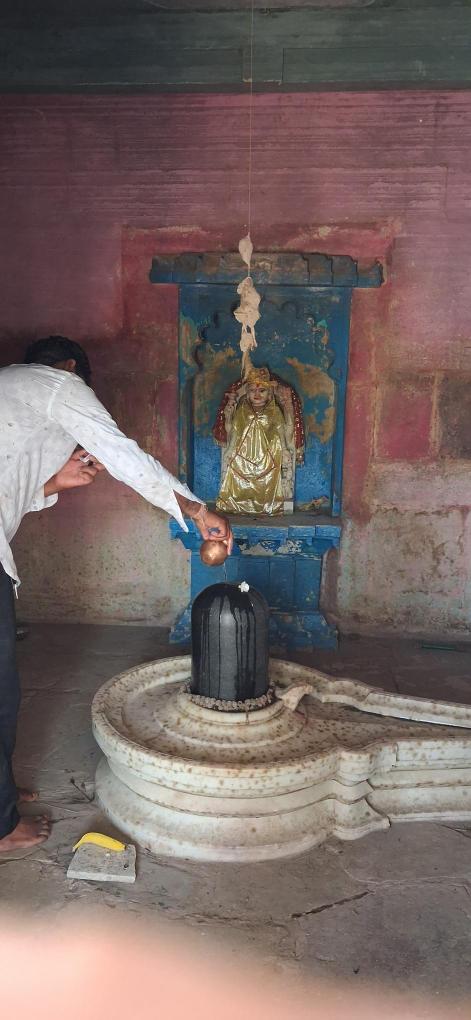
People clean in order to worship and offer puja to the resurfaced Shivlinga and Parvati from the historically significant Har Hareshwar Mahadev temple in village Chikhalda, Madhya Pradesh that submerges fully in the Sardar Sarovar Dam waters and resurfaces when the dam waters recede in summer every year, Photo credit_ Nandini Oza ये प्रतिमाएँ ऐतिहासिक महत्व वाले हर हरेश्वर महादेव मंदिर परिसर (गाँव चिखल्दा, मध्यप्रदेश) की हैं, जो सरदार सरोवर बाँध के पानी में पूरी तरह डूब जाती हैं और गर्मियों में पानी घटने पर हर साल फिर सतह पर दिखाई देती हैं। लोग उभरे हुए शिवलिंग और पार्वती की प्रतिमा की पूजा-अर्चना करने और पूजन चढ़ाने के लिए उन्हें साफ़ करते हैं । फ़ोटो क्रेडिट – नंदिनी ओझा

Remnants of a historically significant Jain Derasar that resurfaces every year from Sardar Sarovar Dam waters as the reservoir waters recede in summer, in village Chikhalda in Madhya Pradesh, Photo credit_ Rehmat मध्य प्रदेश के चिखलदा गांव में स्थित, ऐतिहासिक रूप से महत्वपूर्ण जैन दरबार (मंदिर) के अवशेष। यह हर साल गर्मियों में सरदार सरोवर डैम के जलस्तर घटने पर फिर से दिखाई देते हैं। – फोटो क्रेडिट: रेहमत
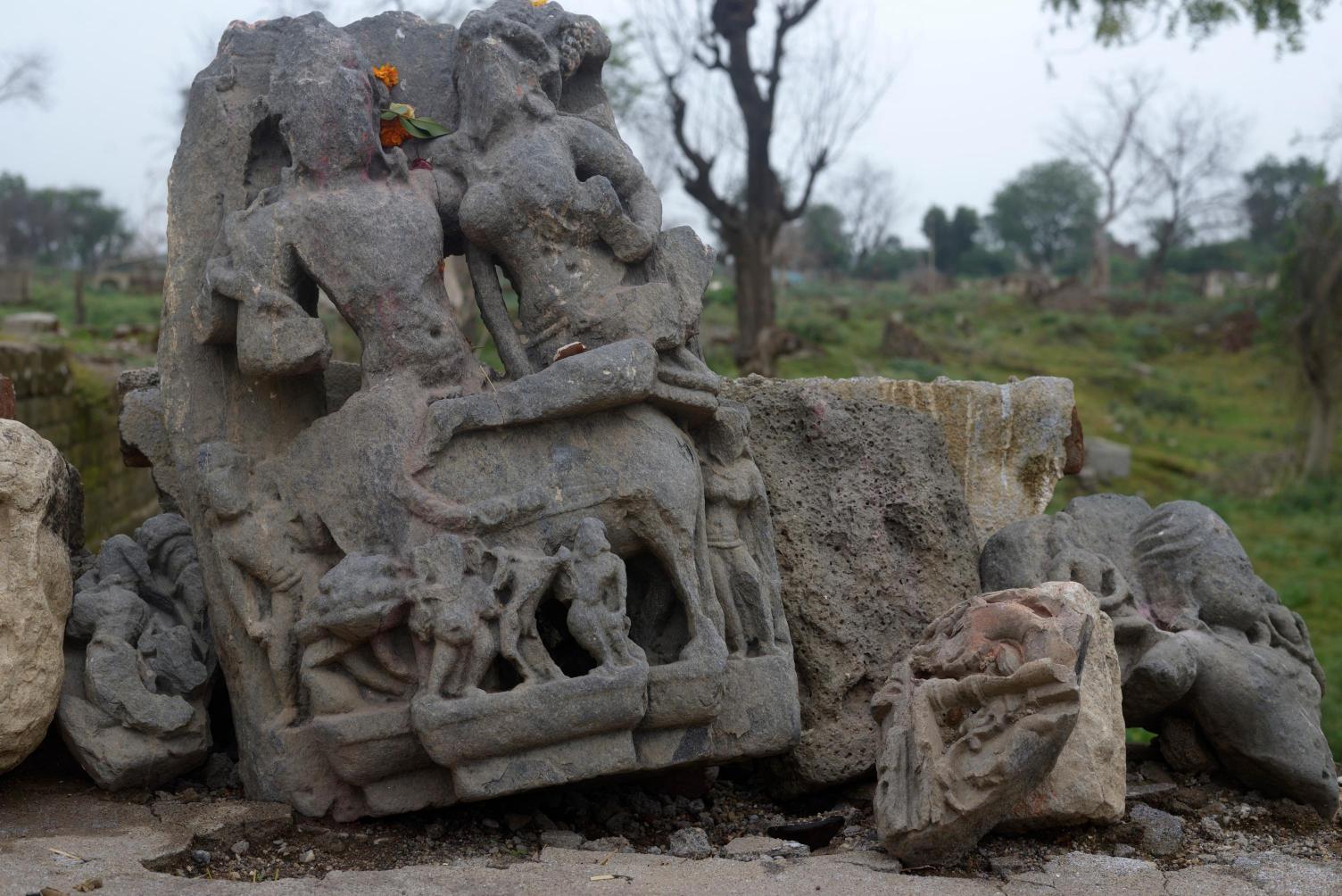
Resurfaced and derelict idols of historically significant Neel Kantheshwar Hareshwar temple complex in village Chikhalda, Madhya Pradesh, as waters of Sardar Sarovar Dam recede in summer. These submerge once again as the dam water levels rise every year, Photo credit_ Rohit Jain for Oral History Narmada मध्य प्रदेश के चिखलदा गांव में स्थित, ऐतिहासिक रूप से महत्वपूर्ण नीलकंठेश्वर-हरेश्वर मंदिर परिसर के पुनः उभरते और खंडहर बने देवता प्रतिमाएं। यह प्रतिमाएं हर साल गर्मियों में सरदार सरोवर डैम के जलस्तर घटने पर दिखाई देते हैं और डैम का जलस्तर बढ़ने पर फिर से जलमग्न हो जाते हैं। – फोटो क्रेडिट: रोहित जैन, ओरल हिस्ट्री नर्मदा
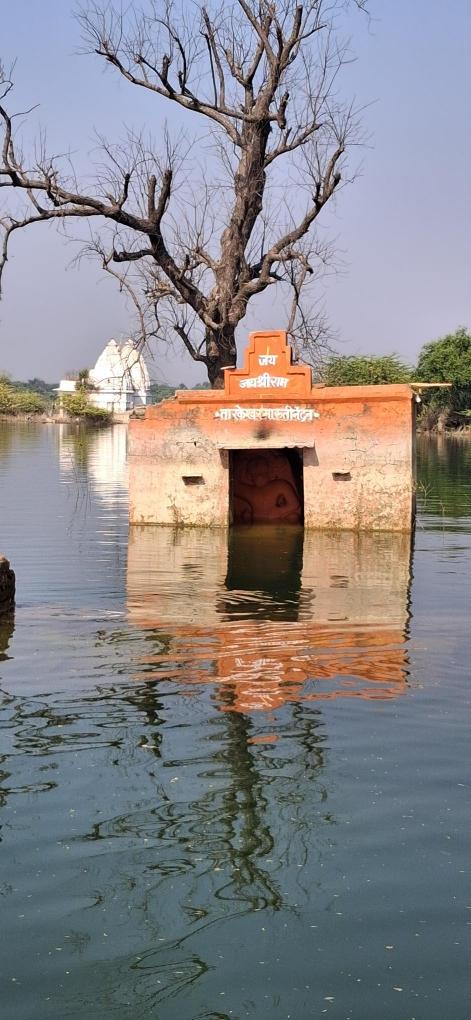
Resurfaced Hanuman temple as the Sardar Sarovar Dam waters recede in summer in village Chikhalda in Madhya Pradesh. The temple submerges every year as the dam waters rise, Photo credit_ Nandini Oza मध्य प्रदेश के चिखलदा गांव में स्थित, हनुमान मंदिर जो हर गर्मियों में सरदार सरोवर डैम के जलस्तर घटने पर फिर से दिखाई देता है। डैम का जलस्तर बढ़ने पर यह मंदिर हर साल जलमग्न हो जाता है। – फोटो क्रेडिट: नंदिनी ओज़ा
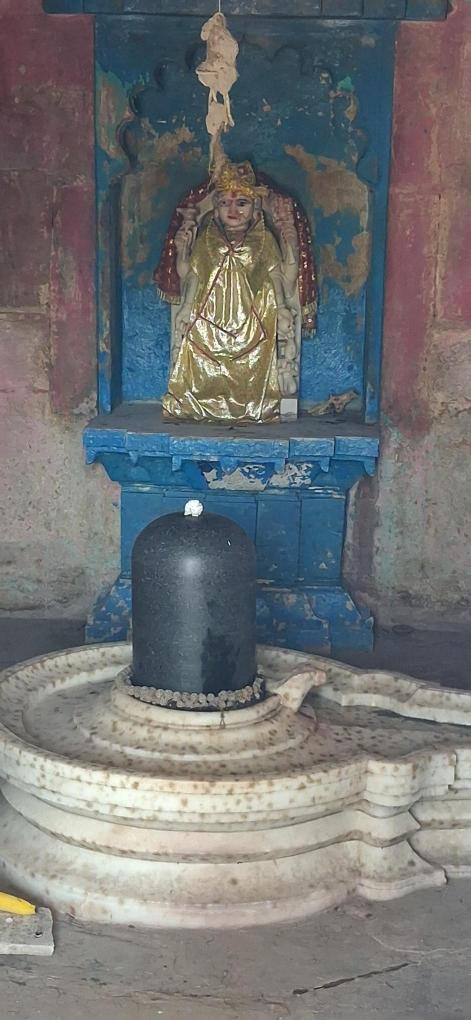
Shivlinga and Parvati idol in the historically significant Har Hareshwar temple in village Chikhalda, Madhya Pradesh that submerges fully in the Sardar Sarovar Dam waters and resurfaces every year when the dam waters recede in summer, Photo credit_ Nandini Oza शिवलिंग और पार्वती की प्रतिमा, ऐतिहासिक महत्व वाले हर हरेश्वर मंदिर (गाँव चिखल्दा, मध्यप्रदेश) में स्थित हैं, जो सरदार सरोवर बाँध के पानी में पूरी तरह डूब जाती हैं और हर साल गर्मियों में पानी घटने पर फिर से सतह पर दिखाई देती हैं। फ़ोटो क्रेडिट – नंदिनी ओझा
